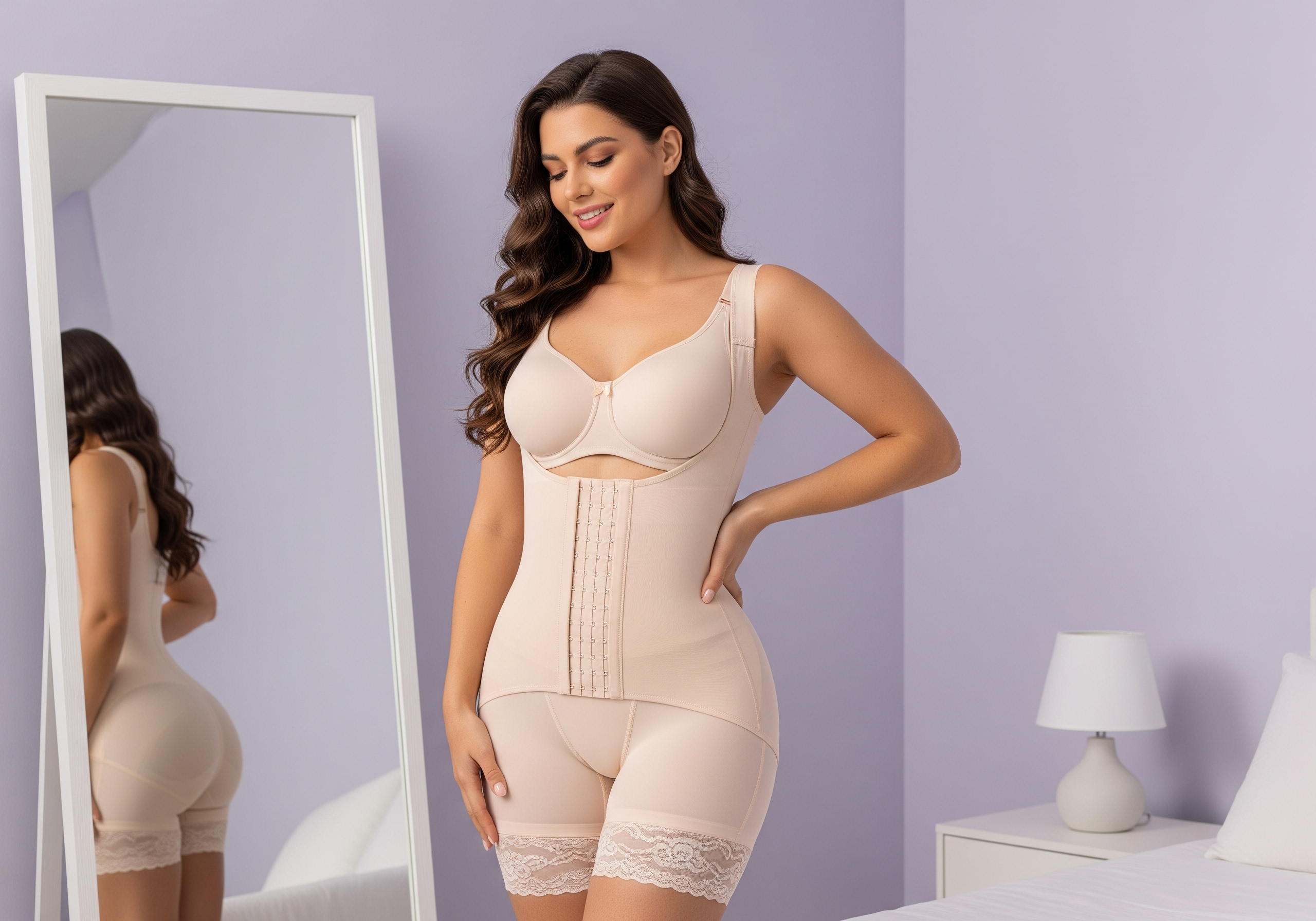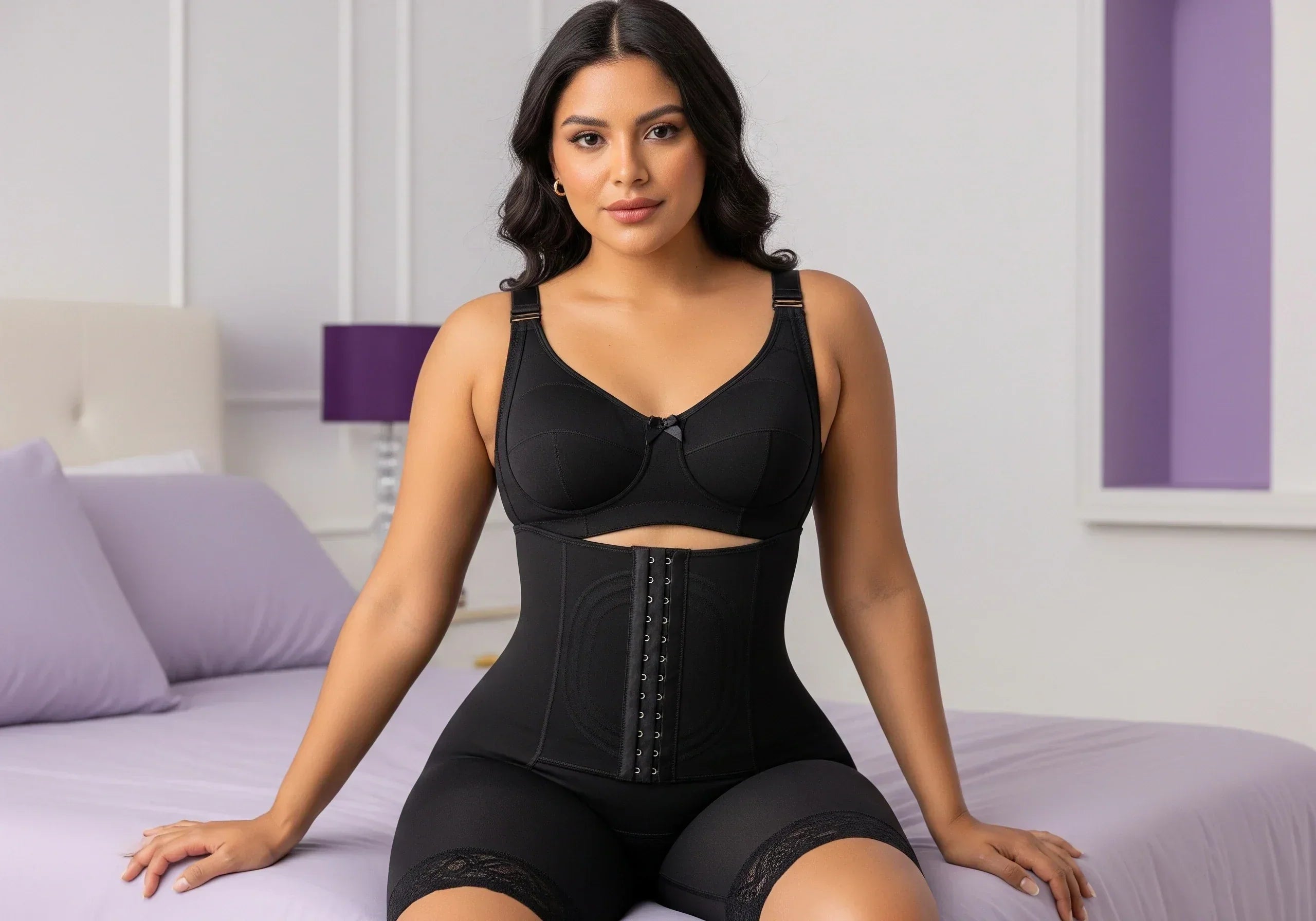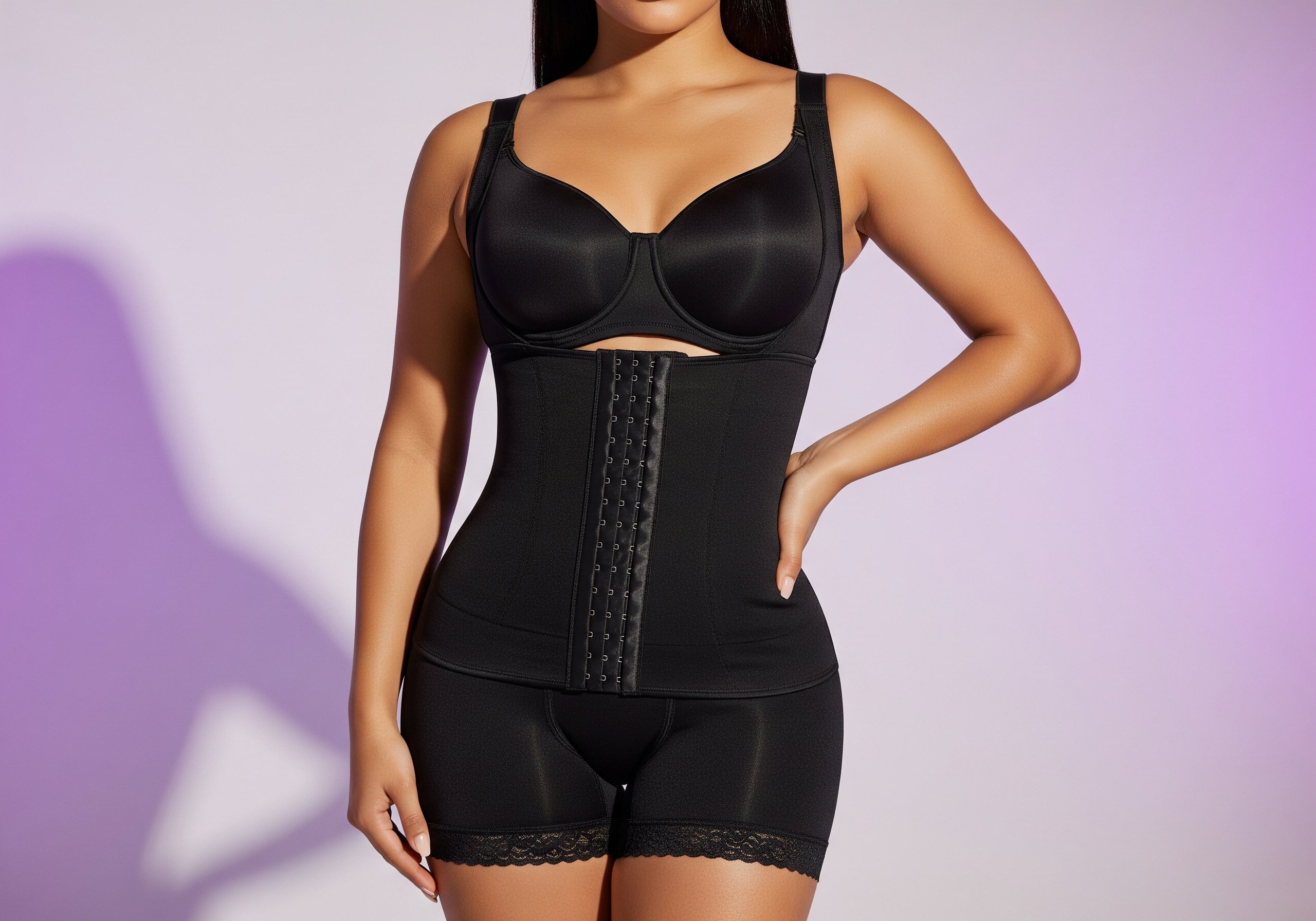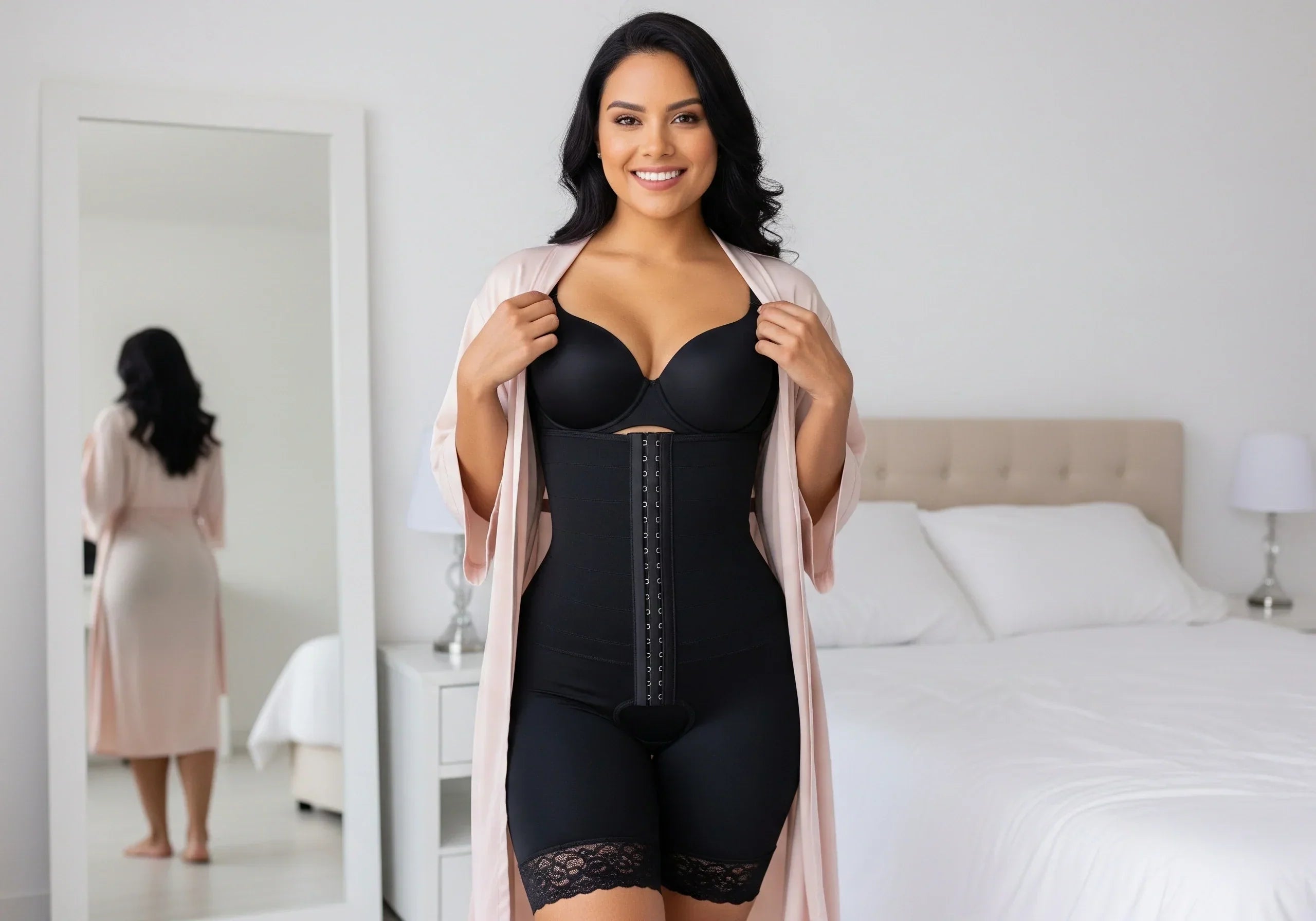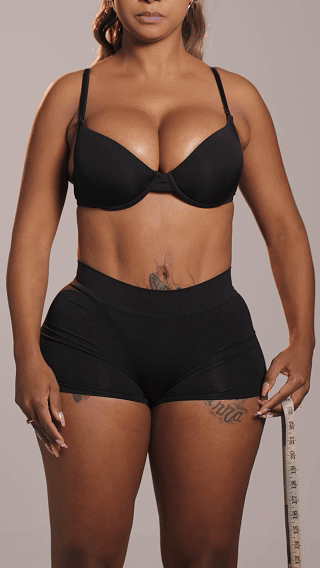Navigating Post-Abdominoplasty: Binder vs. Compression Garment
Proper post-operative care is crucial for optimal healing and results after undergoing an abdominoplasty, or tummy tuck. Two common elements in this care are binders and compression garments. While both serve to support the abdomen, they have different characteristics and roles. As Dr. Carlos Méndez, technical expert at Snatched Body, explains, understanding these differences is key to a smooth recovery.
The Importance of Compression After Abdominoplasty
Clinical evidence indicates that compression therapy plays a vital role in post-operative recovery. Compression garments should exert consistent pressure on the surgical area, which helps minimize swelling (edema), support the tissues, and improve circulation. According to recent studies, controlled compression can also reduce the risk of seroma formation—a collection of fluid under the skin.
Key Benefits of Compression:
- Reduces swelling and edema
- Supports healing tissues
- Improves blood circulation
- Minimizes the risk of seroma
- Enhances skin retraction
Binders: A Traditional Approach
Binders are typically elastic wraps that provide a broad, even compression across the entire abdominal area. They are often adjustable, allowing for customizable tightness. While they have been a standard in post-operative care, their effectiveness compared to modern compression garments has been a topic of debate.
Pros:
- Adjustability: Binders can be easily adjusted to accommodate swelling and changing comfort levels.
- Cost-Effective: Generally, binders are less expensive than compression garments.
Cons:
- Uneven Compression: Binders may not provide perfectly even compression, potentially leading to localized pressure points.
- Bulky: They can be bulky and less discreet under clothing.
Compression Garments: The Modern Solution
Compression garments are specifically designed to provide graduated compression, meaning the compression is tighter in some areas than others. They are typically made of medical-grade fabrics and offer a more contoured fit. At Snatched Body, our Colombian girdles are designed with these principles in mind, offering targeted support for optimal results.
Pros:
- Graduated Compression: Promotes better circulation and reduces swelling more effectively. Studies show that graduated compression enhances lymphatic drainage, which is crucial for reducing post-operative edema.
- Contoured Fit: Provides support and shaping tailored to the abdominal area. Our BBL fajas, for example, are designed to support the newly sculpted curves, ensuring a smooth and natural look.
- Discreet: Compression garments are usually thinner and less noticeable under clothing. This allows Dolls to rebuild their confidence and slay any scene, even during recovery.
Cons:
- Higher Cost: Compression garments tend to be more expensive than binders.
- Less Adjustable: Adjustability may be limited compared to binders. However, Snatched Body offers a Sizing Guide to ensure you get the perfect fit.
Snatched Body Product Spotlight:
- BBL Fajas (Stages 1–4): From initial immobilization (no hip compression) in Stage 1 to advanced contouring in Stage 4, we’ve got you covered.
- Lipo Fajas (Stages 1–4): Breathable fabrics and lumbar support ensure comfort and effective compression.
- Post-Op Fajas & Bodysuits: Perfect for daily wear and pre-surgery preparation.
Which is Right for You?
The choice between a binder and a compression garment should be made in consultation with your surgeon. Factors to consider include the extent of your surgery, your body type, and your personal preferences. Your surgeon will provide specific recommendations based on your individual needs to ensure the best possible outcome.
Frequently Asked Questions (FAQ)
Q: What is the main difference between a binder and a compression garment? A: A binder provides broad, even compression, while a compression garment offers graduated compression, tighter in some areas than others.
Q: Why is compression important after abdominoplasty? A: Compression reduces swelling, supports healing tissues, improves blood circulation, minimizes the risk of seroma, and enhances skin retraction.
Q: How long should I wear a compression garment after surgery? A: It is typically recommended to wear a compression garment 24/7 for the first few weeks, removing it only for showering.
Q: Can over-compression be harmful? A: Yes, over-compression can lead to skin breakdown and nerve damage. It’s crucial to choose the right size and compression level.
Q: Where can I find high-quality compression garments for post-op recovery? A: Snatched Body offers a range of Colombian girdles and post-op fajas designed for optimal support and comfort. Check out our BBL Fajas and Lipo Fajas for stage-by-stage recovery solutions.










